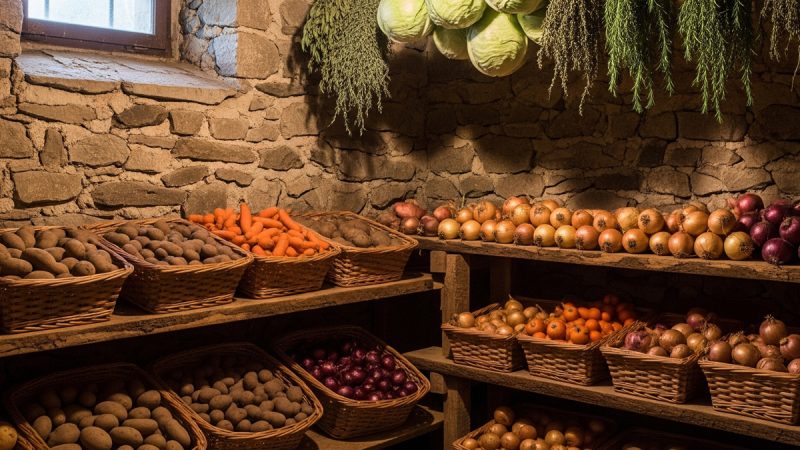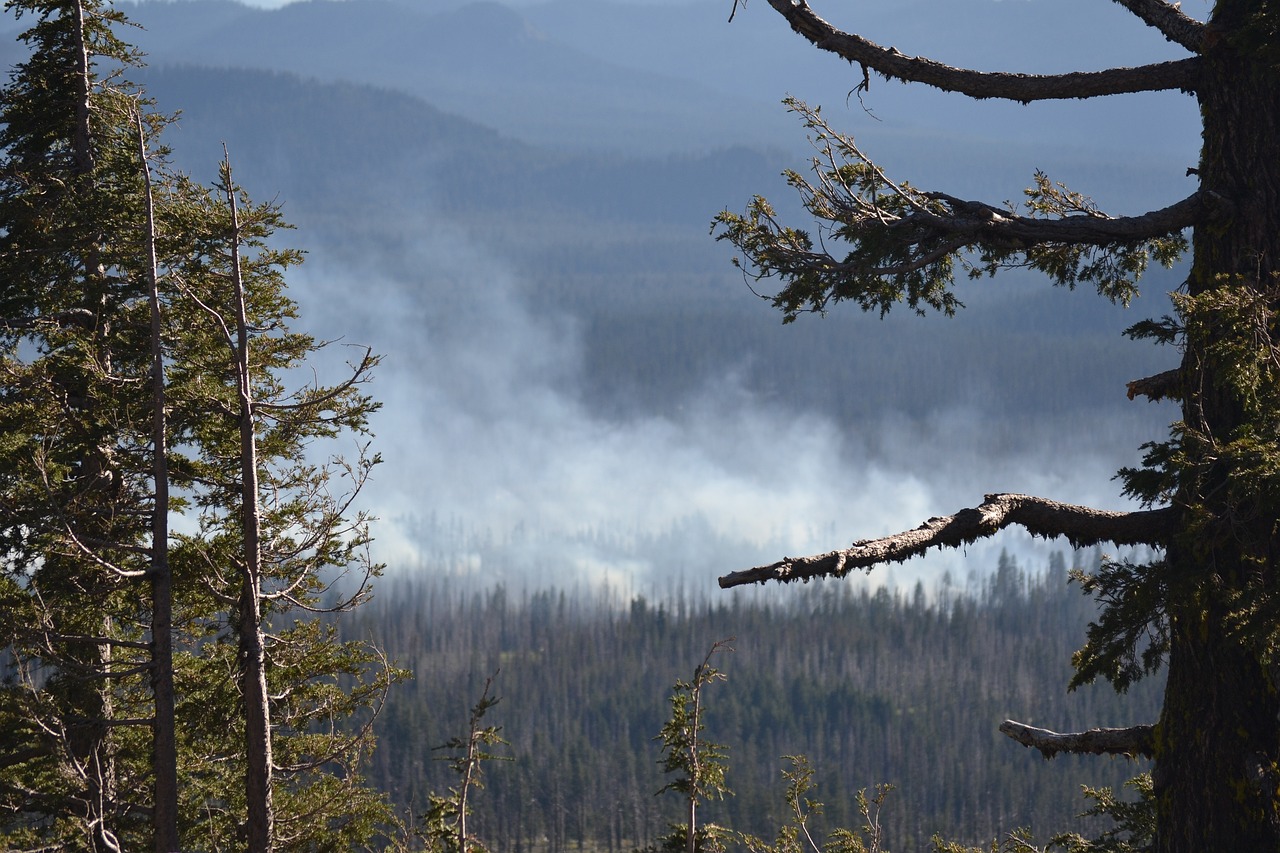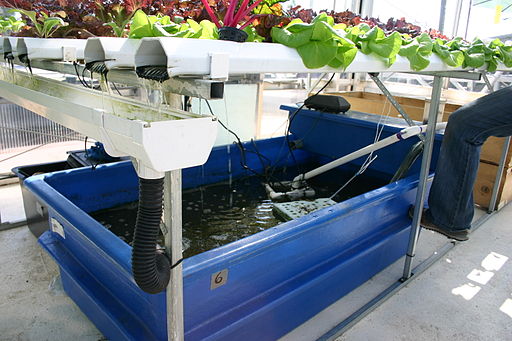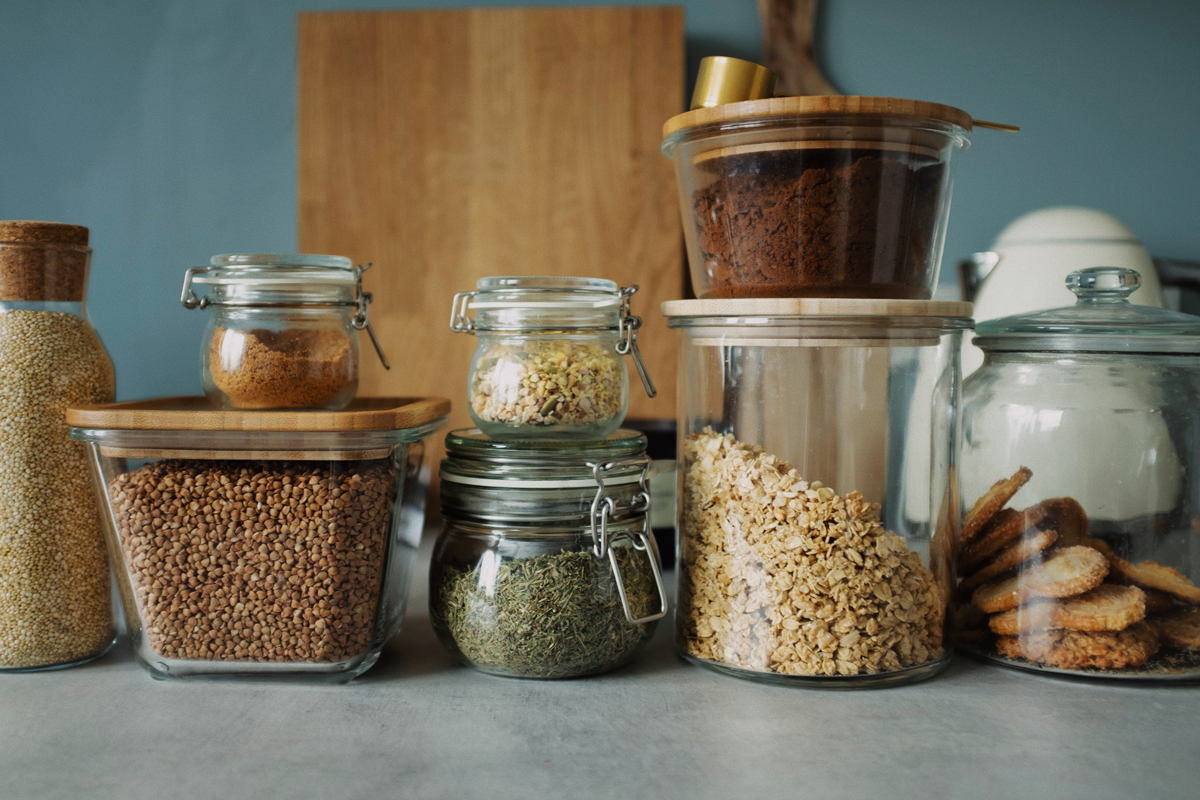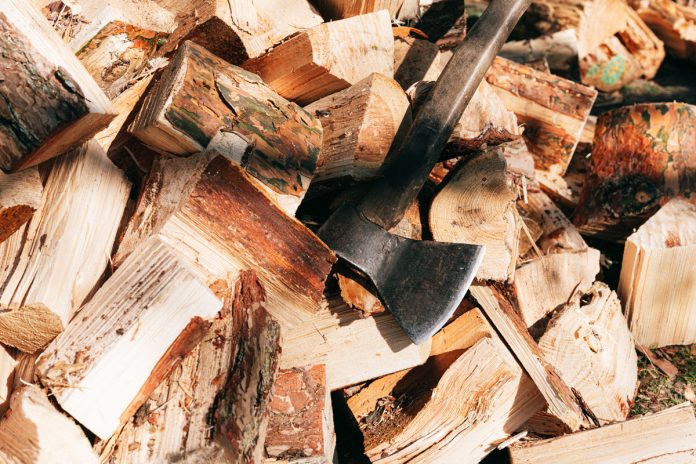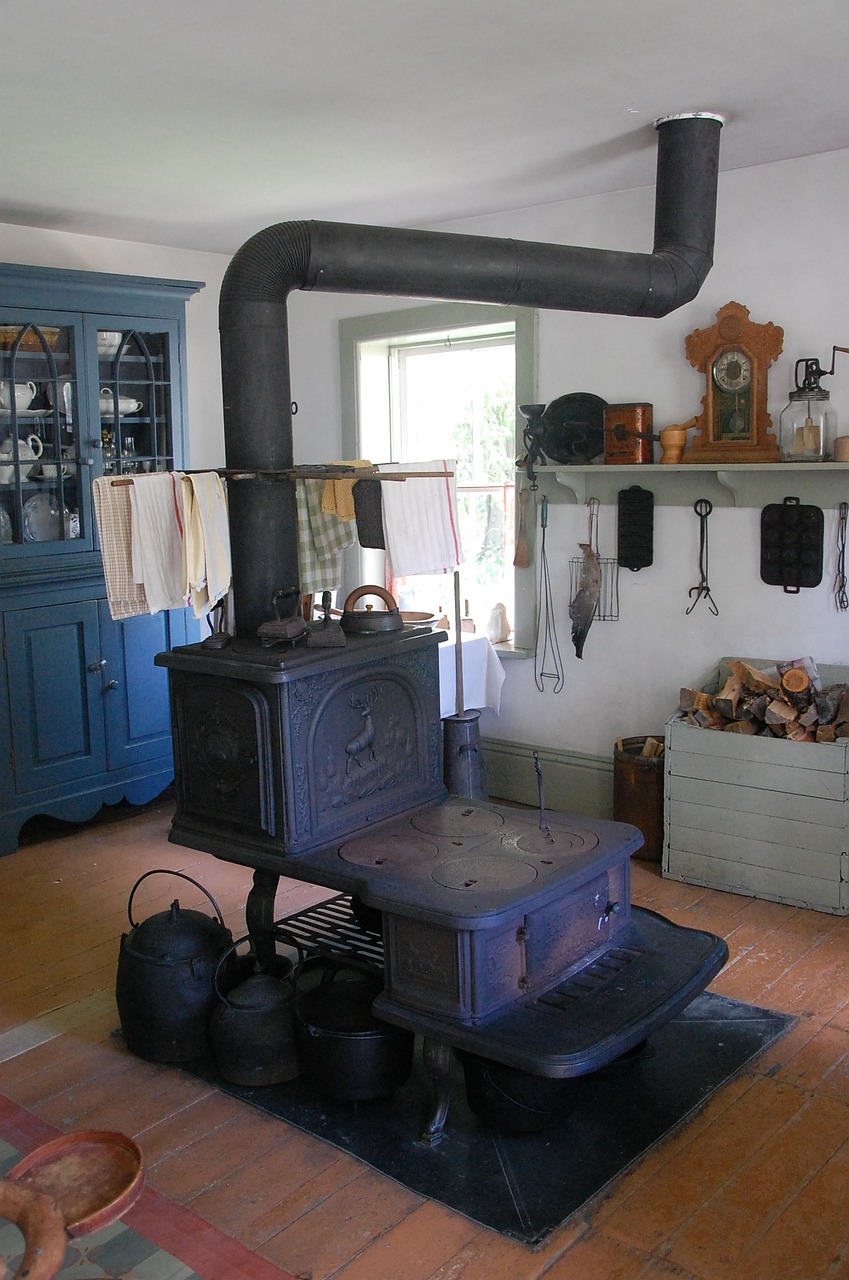The Ultimate Guide to Buying Firewood
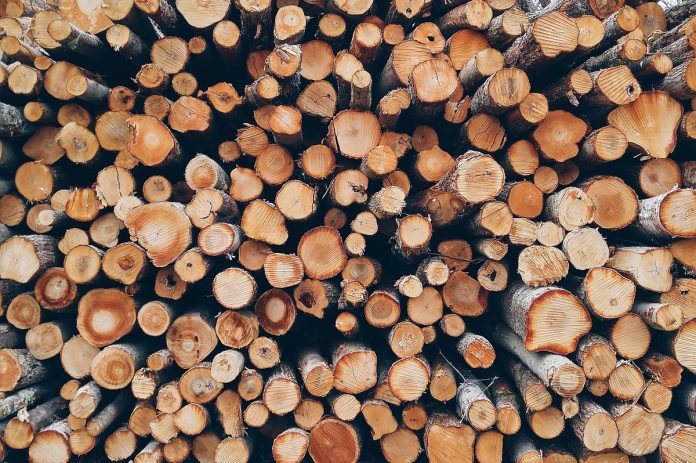
As the weather turns colder and the nights get longer, there’s nothing quite like curling up in front of a roaring fire. But before you can enjoy the warmth and comfort of a crackling fire, you need to make sure you have the right type of firewood. Here’s everything you need to know about buying firewood.
What is a Cord of Wood?
A cord of wood is a standard measurement used to measure firewood. It equals 128 cubic feet, or a stack of wood that measures 4 feet wide, 4 feet high, and 8 feet long when stacked correctly. When purchasing firewood, it’s important to make sure you are getting a full cord, as some sellers may try to pass off smaller amounts as a full cord.
Setting Up a Storage Area for Your Wood
Once you’ve purchased your firewood, you’ll want to store it properly to ensure it stays dry and ready to use. Choose a location that is protected from the elements, such as a covered porch, shed, or garage. Make sure the wood is stacked neatly and off the ground, so air can circulate around it.
>>How to Store and Dry Firewood
Size for a Wood Storage Shed
The size of a wood storage shed depends on your specific needs. The first step is to determine how much firewood you need to store. A general rule of thumb is that one cord of wood, which measures 4 feet high by 4 feet wide by 8 feet long, requires 90-100 square feet of storage space. So, if you plan on storing 2 cords of wood, your shed should be at least 180-200 square feet in size.
It’s also important to consider the dimensions of the wood you will be storing. If you have longer logs or irregular-shaped pieces, you may need a shed with taller walls or more flexible storage options.
Overall, it’s best to measure the dimensions of your woodpile and determine the amount of space you’ll need based on that. Make sure to also account for any additional storage needs such as tools or kindling.
What is Seasoned Wood?
Seasoned wood has been dried out for at least six months to a year, which makes it more efficient for burning. When wood is first cut down, it has a high moisture content that makes it harder to ignite and generates less heat. Seasoned wood, on the other hand, burns hotter and longer and produces less smoke.
Unseasoned Wood vs. Seasoned Wood
Unseasoned wood generates less heat than seasoned wood because it has a higher moisture content. When you burn unseasoned wood, the majority of the heat energy is used to evaporate the water in the wood, which means less heat is available to warm your home. This also means that unseasoned wood produces more smoke and can cause creosote buildup in your chimney.
How to Dry Firewood Out
Drying firewood out is an essential part of the process to ensure it burns efficiently and produces maximum heat. Here are some steps to dry firewood out:
1. Cut and Split Firewood: Start by cutting firewood into the desired length and then split it into small pieces for efficient burning. Ideally, the firewood should be cut and split during the autumn season as this allows enough time for it to dry out before winter.
2. Store in Dry Area: Once you have cut and split the firewood, store it in a dry and well-ventilated area. This may be a shed or a covered outdoor space. Ensure that the firewood is stacked off the ground to prevent moisture from seeping into it.
3. Avoid Damp Areas: Do not store firewood near damp areas such as swimming pools, ponds, or in low lying areas with poor drainage. This will cause the wood to absorb moisture, which will impede the drying process.
4. Airflow: It is important to ensure that there is enough airflow around the firewood. Stack the wood in such a way that air can circulate freely. This will help to remove moisture from the wood.
5. Cover the Top Layer: Cover the top layer of the firewood stack with a tarp or other water-resistant material to protect it from rain or snow. This will also help to prevent the wood from absorbing moisture.
6. Check Wood Moisture Content: After a few months, check the moisture content of the firewood using a moisture meter. The ideal moisture content for firewood is below 20%. If the wood is still too damp, give it more time to dry out, or consider using a dehumidifier to speed up the process.
By following these steps, you can effectively dry out firewood and ensure that it burns efficiently and produces maximum heat.
BTUs and Heat Output
BTUs (British Thermal Units) are used to measure the heat output of different types of wood. The higher the BTUs, the more heat a particular type of wood will generate. The amount of heat generated per cord of wood varies depending on the type of wood and the moisture content.
Best Wood for High BTUs
The following types of wood are known for generating high BTUs per cord of wood:
Oak, Apple, Hickory, Maple and Cherry. These hardwoods are dense and heavy, which means they will burn hotter and longer than softwoods like pine, which have a lower BTU output.
The number of BTUs per cord of hardwood can vary depending on a few factors such as moisture content, density, and overall quality. However, here is an estimate of the BTUs per cord for some common hardwoods:
– Oak: 24 million to 26 million BTUs per cord
– Apple: 22 million to 24 million BTUs per cord
– Hickory: 26 million to 28 million BTUs per cord
– Maple: 24 million to 26 million BTUs per cord
– Cherry: 23 million to 25 million BTUs per cord
Please note that these are approximate ranges and the actual BTUs can vary. It is always best to consult with a professional or reliable source for specific information on the BTUs of different firewood types.
Knowing how to buy firewood is critical to ensuring a safe, warm, and comfortable home during the colder months. With this guide, you should be able to confidently choose the best firewood for your needs and properly store it for optimal use. Stay warm and cozy this winter!
How much BTUs does oak, apple, hickory, maple, cherry have per cord
The number of BTUs per cord of hardwood can vary depending on a few factors such as moisture content, density, and overall quality. However, here is an estimate of the BTUs per cord for some common hardwoods:
– Oak: 24 million to 26 million BTUs per cord
– Apple: 22 million to 24 million BTUs per cord
– Hickory: 26 million to 28 million BTUs per cord
– Maple: 24 million to 26 million BTUs per cord
– Cherry: 23 million to 25 million BTUs per cord
Please note that these are approximate ranges and the actual BTUs can vary. It is always best to consult with a professional or reliable source for specific information on the BTUs of different firewood types.
Knowing how to buy firewood is critical to ensuring a safe, warm, and comfortable home during the colder months. With this guide, you should be able to confidently choose the best firewood for your needs and properly store it for optimal use. Stay warm and cozy this winter!
The Author:
Pioneerthinking.com – Ingredients for a Simple Life.
Photo. Pexels

